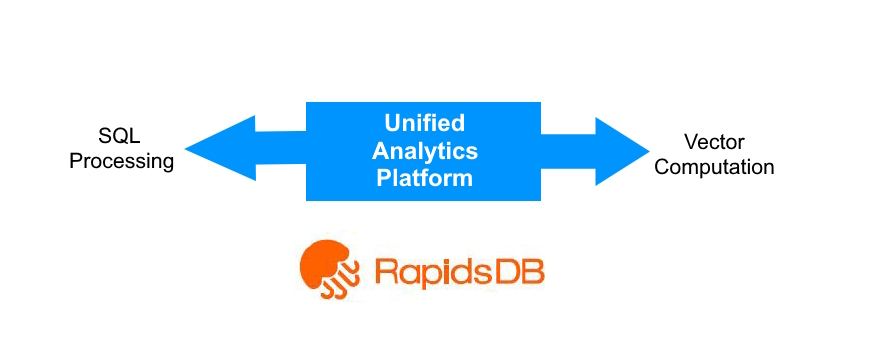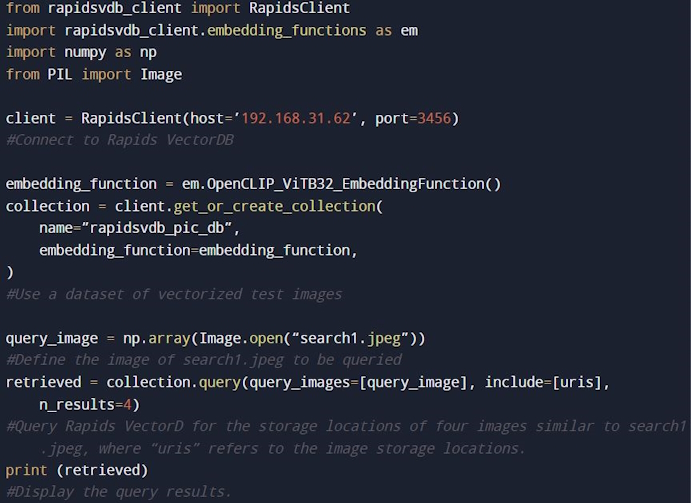
In 1992, Toshikazu Kato, an engineer from the Japanese Electrotechnical Laboratory, introduced the concept of Content-Based Image Retrieval (CBIR). This innovative approach empowered databases to utilize visual features such as colors, shapes, texture, size and spatial information to construct indices for effective image retrieval. Expanding upon this concept, IBM developed the first commercial Query by Image Content (QBIC) system to explore content-based retrieval methods. QBIC enables users to input a query sketch, drawing or image and retrieve similar images from the database.
Today, widely used general search engines like Google offer reverse image search functionality, allowing users to search for similar images using a sample image instead of written keywords. Additionally, certain e-commerce platforms have adopted CBIR technology to address customers’ requirements for searching products that may be challenging to describe with text.
However, learning effective feature representations and similar measures are crucial to the retrieval performance of a CBIR system. Although machine learning, which involves processes to train algorithms on massive image datasets to enable artificial intelligence (AI) to recognize query images and subsequently perform content-based image retrieval, has been actively explored to improve retrieval performance in terms of accuracy, the processing time required for training and testing phases can be high.
Rapids VectorDB leverages vector similarity search techniques, enabling users to perform reverse image searches with a query image using only general image recognition algorithms, eliminating the need for pre-training AI models.
In the following demonstration, the test dataset containing 100,000 images from the Imagenet-1k library has been imported into the Rapids VectorDB. We performed an image search in the vector database using the provided sample image.

The following query results are returned in less than a minute:

Here is the code for the demo.

Note: this demo is designed for small-scale testing purposes and does not imply that vector search can replace image recognition algorithms.
Download the technical whitepaper of Rapids VectorDB - Fueling the AI Revolution to embark on an exploration of the pivotal role that vector databases play in the realm of AI and learn more about the distinctive features of Rapids Vector Database.
